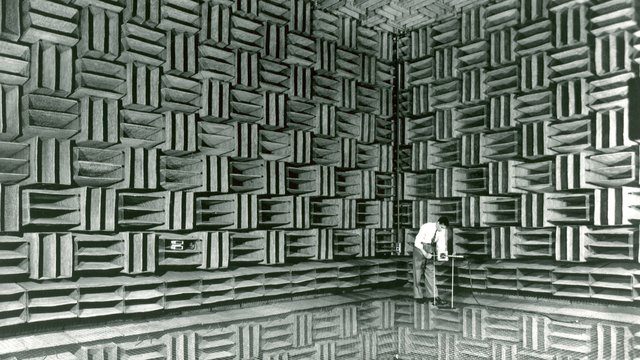15th May 2024
by Matthew McConway
0 comments
For the opening of La Haine, Kassovitz used “Burnin’ and Lootin'” a song by Bob Marley and the Wailers from their 1973 album “Burnin'”. The song captures the social and political unrest of the time, particularly in Jamaica. It addresses themes of oppression, violence, and struggle against injustice. The lyrics depict the frustration and anger felt by marginalized people who are pushed to their limits, facing poverty, discrimination, and brutality. Despite the hardships portrayed, there’s also a sense of resilience and defiance, with Marley urging listeners to stand up against oppression and fight for their rights.
My goal with the this project is not to steer away from Kassovitz’s intentions, rather use his stylistic choices as guidance for my own. To carry this on, I want to use a track that:
-speaks on themes of social/racial injustice.
-is stylistically mellow.
-has cultural importance.
After listening and looking into different tracks, I narrowed it down to 3.
-Il est cinq heures, Paris s’éveille – Jacques Dutronc
-Respiration – Blackstar (feat. Common)
-People Get Ready – The impressions
The Jacques Dutronc track was not really fitting in terms of its theme, but I wanted to see what it sounded like over the opening scene, as I thought it could be interesting to have the heavily repetitive rhythm and French lyrics over the riot scene.
I chose Respiration because of its strong message, that mirrored that of Marley’s quite well. They discuss themes such as poverty, violence, and the struggle for survival in a harsh environment. The track also aligns with the rest of the music in La Haine, and could fit nicely into the Banlieu environment, when the song is projected into the blocks through a speaker.
The final option, from the impressions, ticks all three of the boxes I had mentioned before. The song tackles themes of racial and social injustice, in a crucial time of empowerment in the USA. The song was dubbed ‘the unofficial anthem of the civil rights movement’ by Dr. Martin Luther King, Jr. The laid back song conveys a message of hope and the importance of spiritual readiness, which I found when played over the riot scene, exhibited a beautiful juxtaposition, mirroring the use of contrapuntal sound used by Kassovitz.
The impressions it is!

